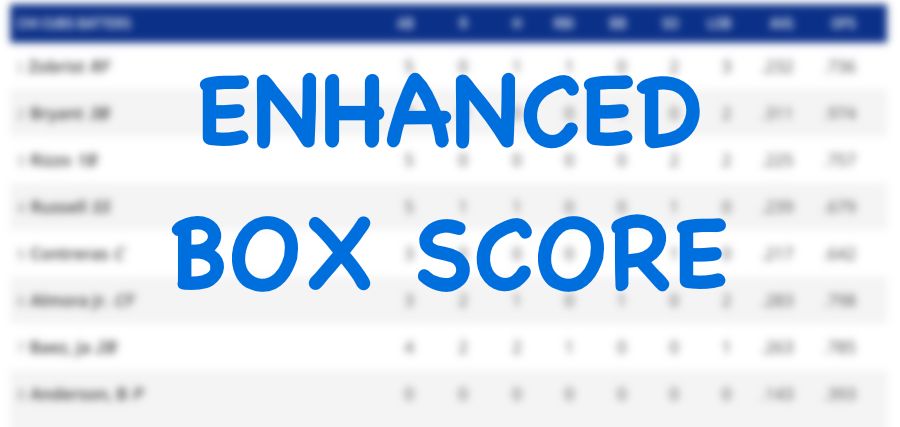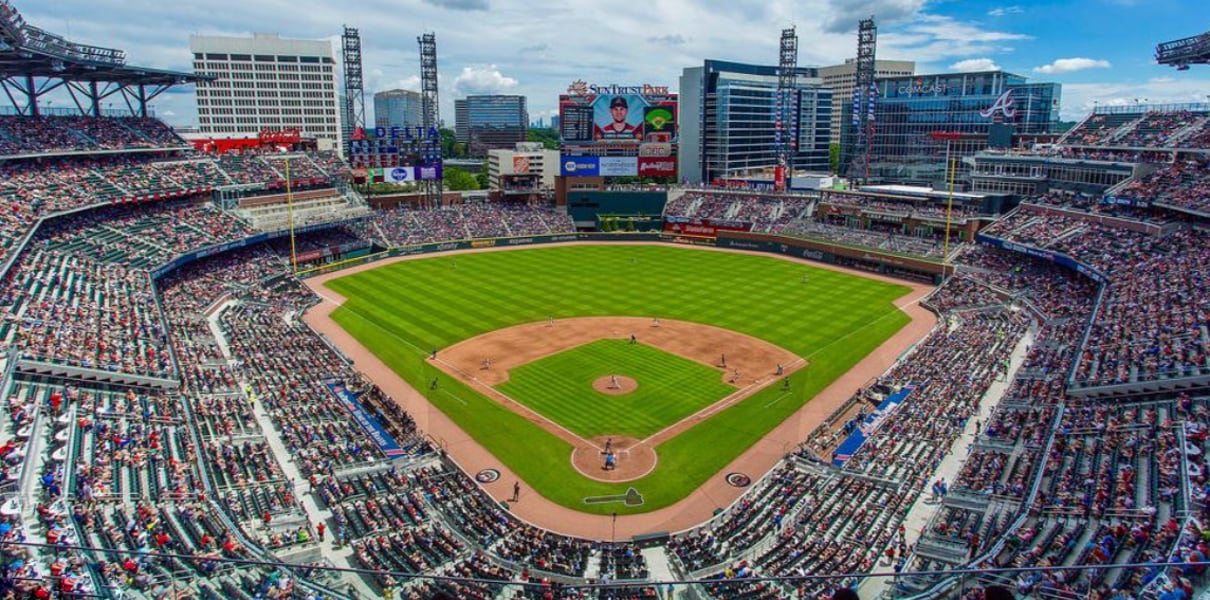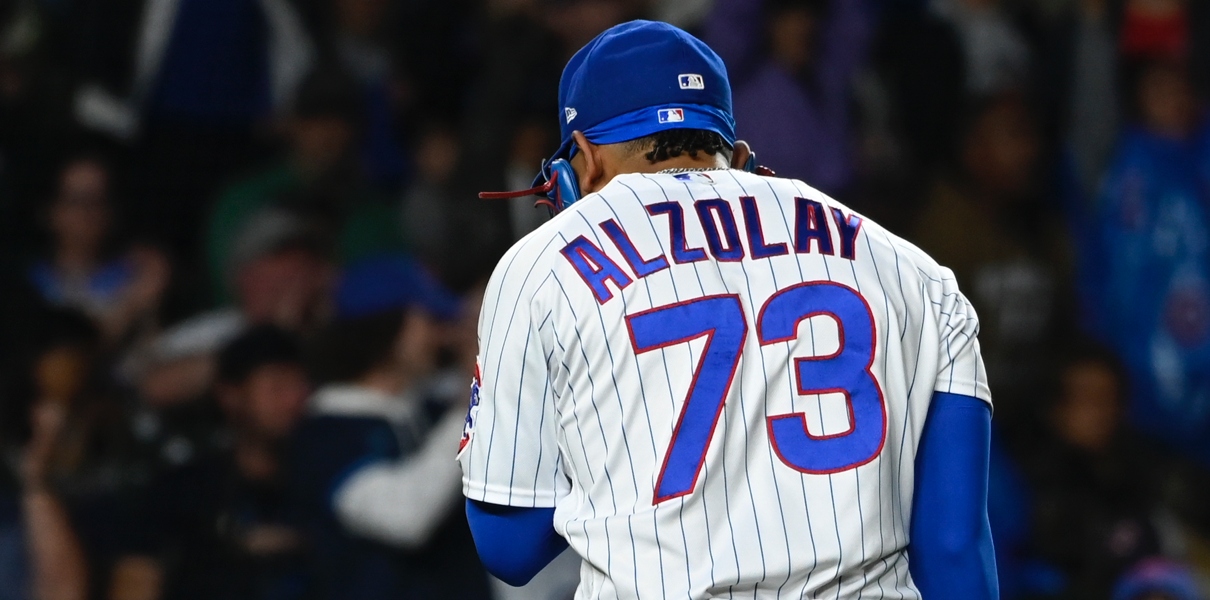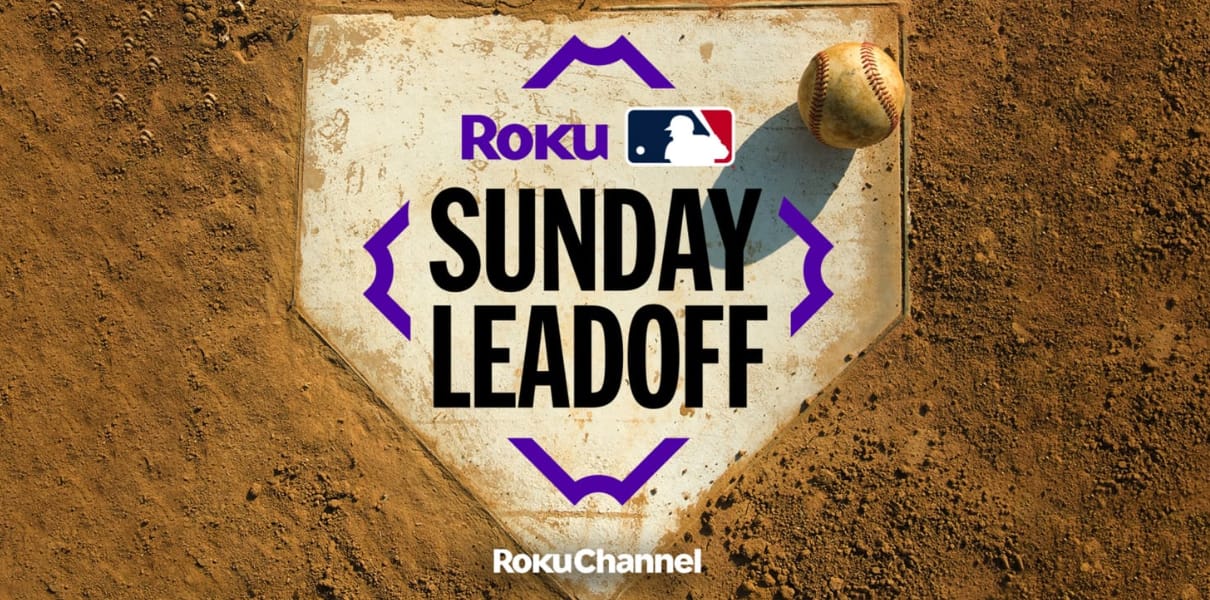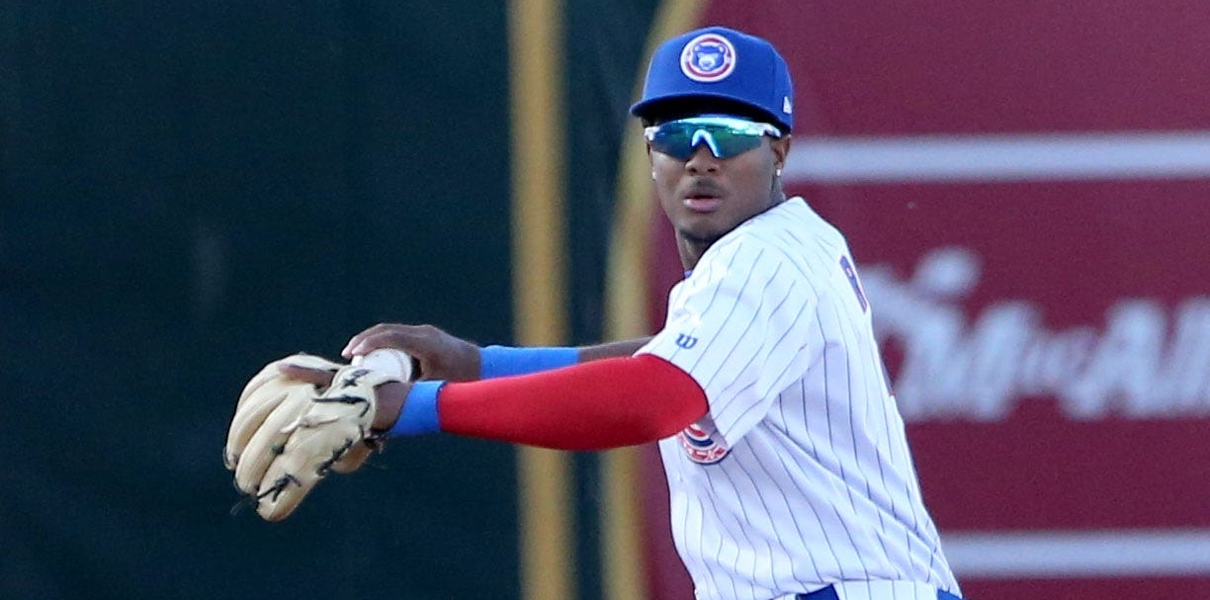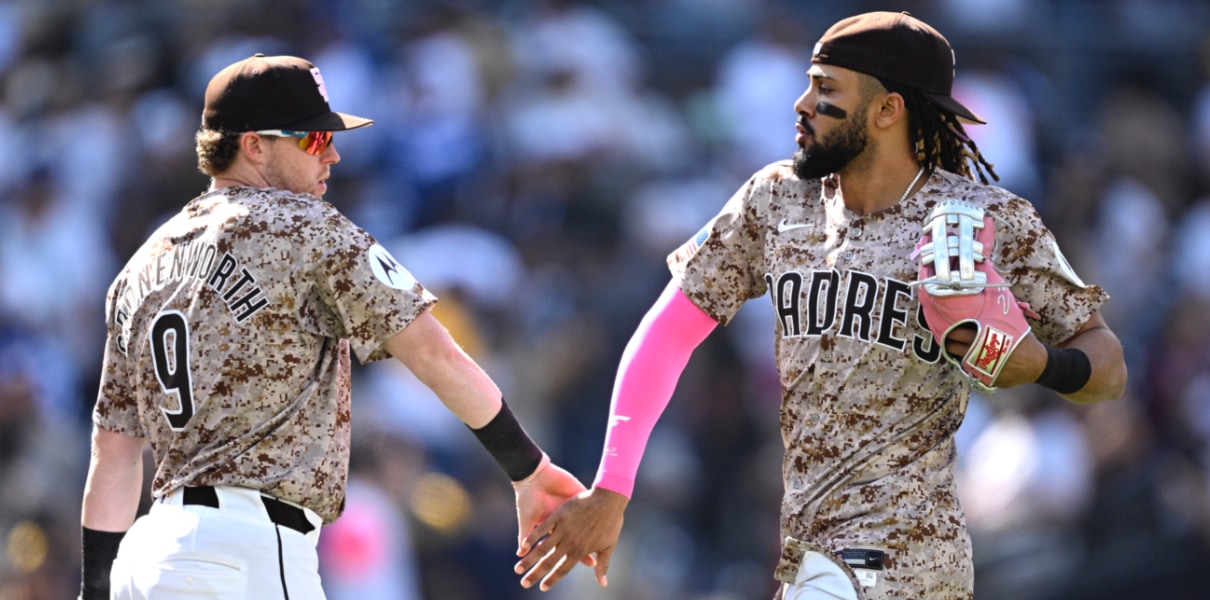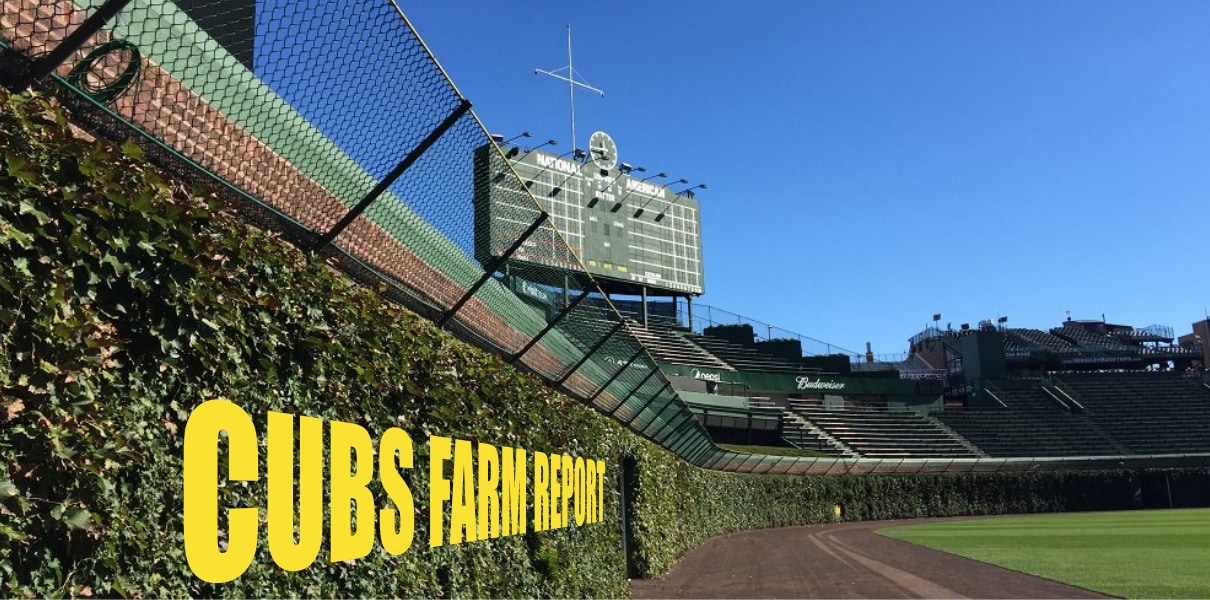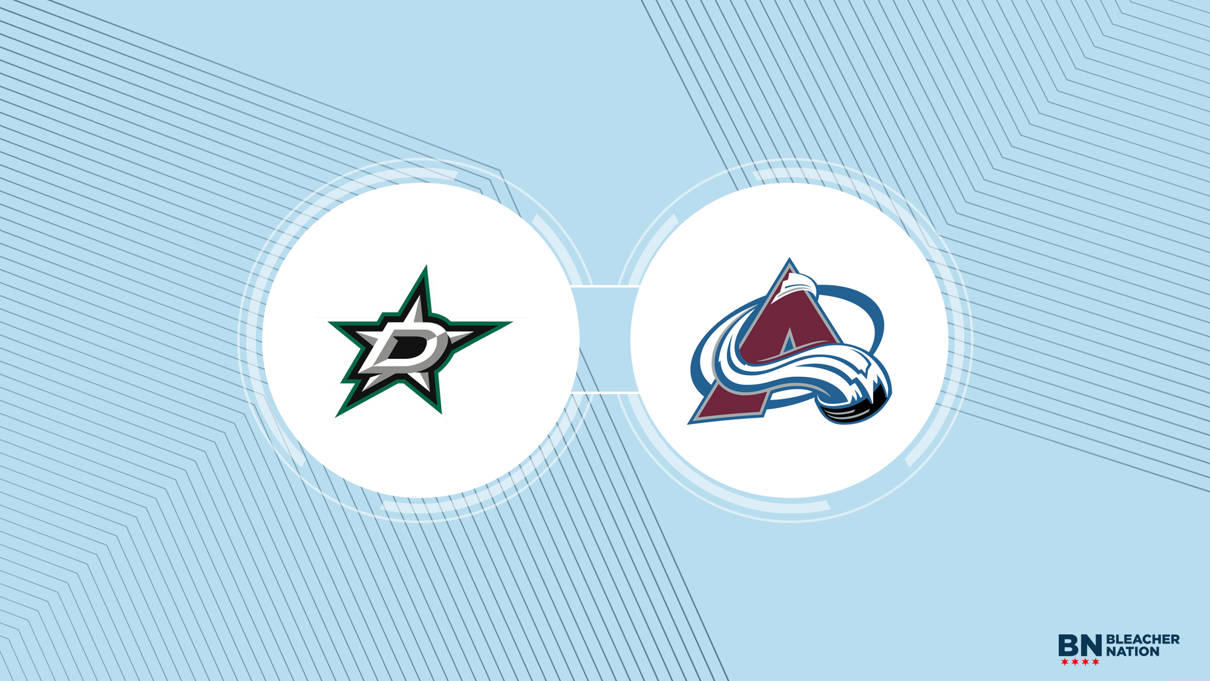Writing about the post-July-31 trading system has become an annual rite. Not a lot has changed since I explained the process last year (including this here preamble!), but the Cubs’ situation changes every year, so this is about half re-write, half brand new.
Invariably, the “non-waiver trade deadline” passes, a bunch of would-be trades don’t happen, and folks start to wonder something they didn’t really openly wonder on July 31: what’s that “non-waiver” part mean?
The short answer is that, before the July 31 non-waiver trade deadline, anyone can be traded to any team without any meaningful restrictions. After that date, trades can still happen, but you’ve got to first deal with the sticky issue of “waivers.”
You’ve actually heard the term “waivers” before. Waivers are relevant not only in August, you see. They’re used throughout the year, for various purposes, and the types of waivers employed vary based on the time of year and the purpose of the waiver. The waivers relevant for our purposes today are Trade Assignment Waivers. I like to think of them as August Trade Waivers.
Ok, but what are “waivers”?
In a super shorthanded description: waivers are the way you say to every other team in baseball, “hey, you want this guy?” And, if you want to trade a guy in August, you’ve got to first give every other team a chance to take him – and, importantly, his contract – for nothing. Those are August Trade Waivers.
If a player is placed on waivers, any team may “claim” him. If more than one team claims the player from waivers, only one team’s claim actually goes through. Priority during this August waiver period is given to teams in the player’s league, with the team with the worst record getting highest priority. If no team in the player’s own league claims him, then priority goes to the other league, again, in reverse order of the standings. So, as things stand today, the Cubs will be at the bottom in waiver priority for all AL players, but will have priority over AL teams for NL players – though they’ll be behind every team in the NL for those players.
So, if a team uses August Trade Waivers on a player, and another team claims the player off waivers (and its claim is either the only claim or is the highest priority claim as described above), the player’s current team has three options:
(1) It can allow the claiming team to assume the player’s entire contract, who then places him on its 25-man roster; or
(2) It can trade the player to the claiming team within two business days of the claim; or
(3) It can cancel the waiver by pulling the player back.
If the player is not claimed by any team within 47 hours (business days only), the player is said to have “cleared waivers.” That player is then free to be traded to any team, released, or assigned to a minor league team (subject to various collectively-bargained-for rights about refusing assignments).
Remember how the Cubs claimed Cole Hamels in 2014? Remember how the two sides could not consummate a trade within two days and Hamels stayed with the Phillies? That was this process in action. (And then they got him four years later in a regular July trade!)
One more important piece of the pie, which I’ll just grab from 2011’s edition, since I’d be saying the same thing:
Now, I know what you’re wondering: so who has been placed on waivers? The short answer is: no idea. The slightly longer answer is: probably just about everyone.
The complete answer is: unless the information leaks (or a player is ultimately traded to or assumed by another team), you’re not going to find out who is on waivers. This isn’t your fantasy football league. Who has been placed on waivers is a highly secretive business, for reasons that I’d think would be obvious. Every year, it leaks that some superstar has been placed on waivers, and people erupt: “OMG! YANKEES PLACE AROD ON WAIVERS!!!!1!!LOL!!!!” [Ed. – Yes, that was a thing in 2011.]
Sorry, folks. It’s not a story. And the reason is tied to that “slightly longer answer” up there. Because of the revocable nature of waivers, teams risk almost nothing by placing virtually every player on waivers in August. If there’s even a tiny chance you might want to move a guy, you might as well throw him up on waivers, and see what happens. If he clears waivers, cool. If he’s claimed, you can work out a trade, or just pull him back. No fuss, no muss.
The only risk that I can see is that, if a guy is placed on waivers in August, is claimed, and then is pulled back by his team, that’s it for him. No more waivers that year. But, for the types of players who would be claimed by a bunch of teams (i.e. stars or cheap players), you’re probably not going to want to place that player on waivers later in the year anyway.
So, against that backdrop, we can consider how August might proceed for the Cubs this year. For the fourth year in a row, rather than selling and hoping for big contracts to get through waivers so that the Cubs can successful execute one or two more dump-offs, the Cubs theoretically play the part of acquirer, waiting to see who becomes available on waivers.
Cheap, young studs? Those controlled starting pitchers we always talk about? Forget about it. The Cubs won’t be acquiring any this month, because those types of players would never clear waivers (or even make it to the Cubs up the priority ladder), or they do clear waivers because everyone knows they aren’t going to be traded anyway. Instead, the types of players who tend to be traded in August fall into two camps: guys on overpriced contracts, or role players who have value only to teams in contention.
For example, in 2015, the Cubs were able to get both Fernando Rodney and Austin Jackson in August, after they cleared waivers. They were nice role players/complementary pieces (Rodney rebounded with the Cubs, in fact, and became much more), but not superstars. The Cubs did not make any trades in August in 2016. Last year, the Cubs added defensively-inclined third catcher Rene Rivera and defensive outfielder/baserunner Leonys Martin late in the month.
What about this year for the Cubs?
Injuries can always change the calculus, but once again, I see the Cubs most likely doing only what they’ve done in recent years in this period: pick up extra guys at the end of the month as needs arise and/or as specialties become available. I don’t think we’ll see big, sexy rumors like last year with Justin Verlander. (*wistful sigh*)
Will the Cubs do any selling this month? Well, it’s conceivable, given the looming pitching glut if some injury rehabs go well, but that, too, is very unlikely. As a playoff-hopeful team, the Cubs are going to want to hold onto as much quality depth as possible.
A final note on September trades, and why you try to get these deals done before September: We call the end of August the “waiver trade deadline,” but, strictly speaking, it isn’t a deadline at all. Trades can still go through in September just like they do in August, but here’s the rub: to be eligible for a playoff roster, a guy has to be in your organization before September 1. So, although a team *can* acquire a guy in September, in-season trades overwhelmingly tend to involve sending big league pieces to teams in playoff contention. If you can’t use that piece for the playoffs, the value of that piece is driven down considerably. Hence, the last batch of important trades tend to happen in August, before the “waiver trade deadline.”




